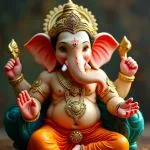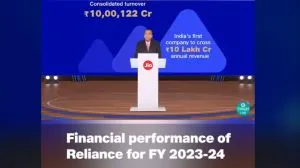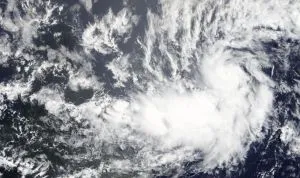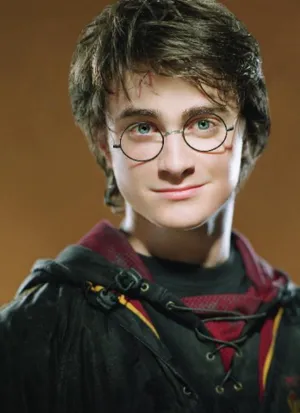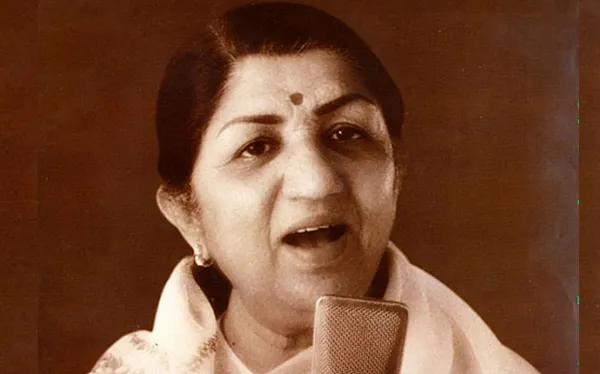
On September 28, 1929, in Indore, Madhya Pradesh, Lata was born to classical vocalist and theater artist Pandit Deenanath Mangeshkar and Shevanti. Her sibling musicians and singers include Meena, Asha, Usha, and Hridaynath. Lata began performing onstage at the age of five, under Deenanath's direction in the musical plays that his theater group performed.
Lata Mangeshkar became the sole earner after her father died of heart illness when she was 13. She struggled as a vocalist in the 40s and recorded her debut song in Kiti Hasaal (1942). The film removed the music. After moving to Mumbai in 1945, her first major hit was ‘Aayega aanewala’ from Mahal (1949), which made her one of Hindi cinema's most sought-after voices. Master Vinayak, a family friend who was caring for the Mangeshkars following their father's death, offered her a minor role in his debut Hindi film, Badi Maa, in 1945.
Lata's resume includes collaborations with such illustrious figures as Madan Mohan, R. D. Burman, Laxmikant-Pyarelal, and A. R. Rahman. Aap Ki Nazron Ne Samjha from Anpadh, Lag Jaa Gale, and Naina Barse Rim Jhim from Woh Kaun Thi? are just a few of the 1960s collaborations she and Madan Mohan shared. Mere Naseeb Mein from Naseeb and Sheesha Ho Ya Dil Ho from Asha are just two of the more than 700 songs Lata has sang for Laxmikant-Pyarelal. Guide (1965) featured songs recorded for S D Burman such as Gata Rahe Mera Dil and Piya Tose.
In 2019, Lata recorded her final song, lending her vocals to a track inspired by Prime Minister Narendra Modi's campaign slogan, "Saugandh Mujhe is Mitti Ki."
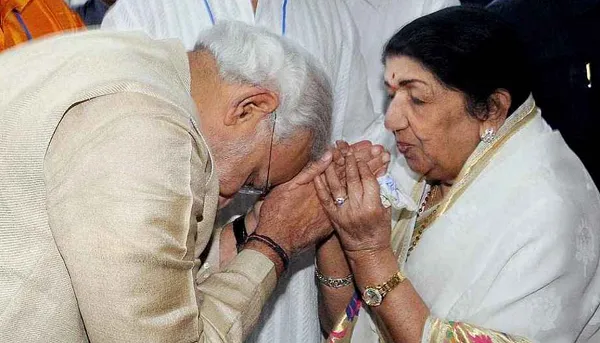
The "Nightingale of India," Lata Mangeshkar, was honored with numerous accolades throughout her career, including the National Film Award, the BFJA Award, the Filmfare Award for Best Female Playback Singer, the Filmfare Special Award, and the Filmfare Lifetime Achievement Award. She also received the Bharat Ratna in 2001, the Legion of Honor in 2007, and the Padma Vibhushan in 1999 in addition to the Padma Bhushan (1969) and the Dadasaheb Phalke Award (1989). From the 22nd of November 1999 to the 21st of November 2005, she served as a Rajya Sabha lawmaker.
In 1999, she was also chosen to serve as a Rajya Sabha representative. Despite criticism for her lack of attendance, her term concluded in 2006. She had previously given medical reasons for missing parliamentary sessions. While serving as an MP, Lata didi refused to accept any compensation, including a salary or a home in Delhi.
You only need to see a great Bollywood film to realize that a film's success or failure hinges on the memorability of its soundtrack. Therefore, directors sought Mangeshkar out to add her unattainable high notes and emotional delivery to their Busby Berkeley-style song-and-dance routines. The singer, whose voice could span four octaves (compared to Mariah Carey's five), is said to have recorded hundreds of songs in more than 30 languages, including her native Marathi, Hindi, Urdu, Tamil, and Bengali.
Her songs were played (and are still played) at Indian movie theaters, on televisions, in cars, and at weddings. She told reporters she detested acting, but she was nonetheless often featured on magazine covers as "The Incredible Singing Machine" and was the subject of numerous interviews. She gladly sang for new Indian leaders like Jawaharlal Nehru when colonial authority by the British ended.


